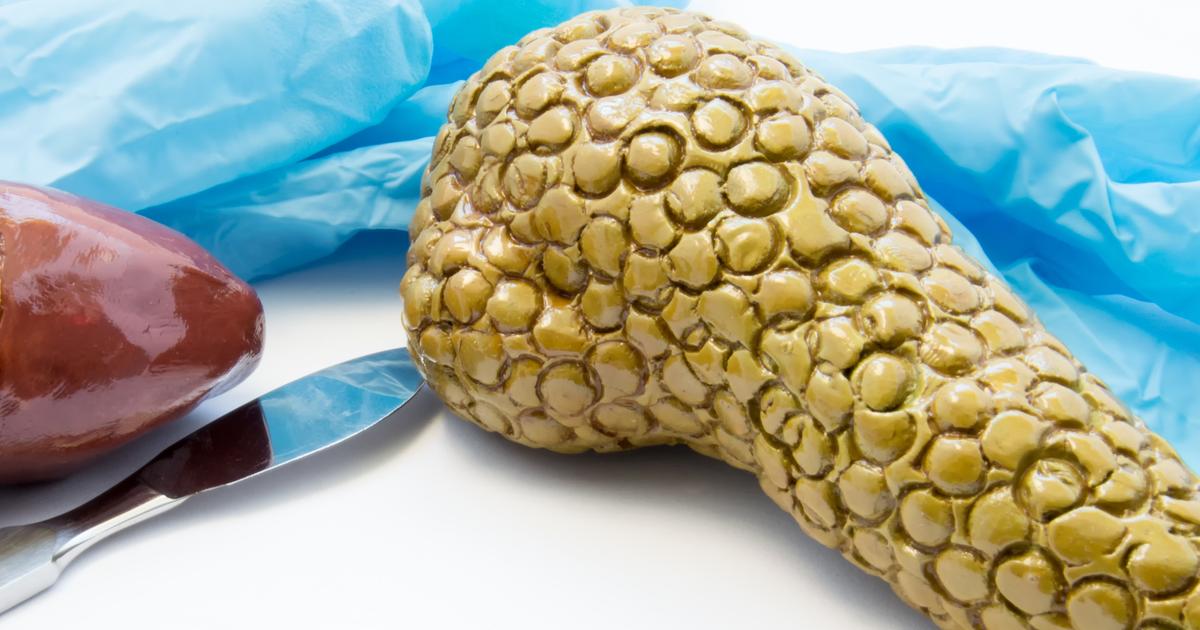Guide To Understanding Pancreas Removal Surgery
How The Surgery Works
A pancreatectomy is a procedure where just the diseased part of the pancreas or the entire pancreas is removed from the patient's body. However, the removal of other components is required to accomplish the removal of the entire pancreas. The bottom part of the stomach, the beginning part of the small intestine or duodenum, and the end of the bile duct are also removed with the pancreas. In some cases, the gallbladder and spleen may need to be removed as well. During the procedure, general anesthesia is administered, and the surgeon makes an incision in the patient's abdomen. The aforementioned organs are removed, and the remaining parts of the stomach, intestine, and ducts are reconnected to each other. This last step allows the patient to digest food normally. Monitoring devices and a urinary catheter will stay in place for one or two days following the surgery. After leaving the recovery unit of the hospital, the patient will stay in the hospital's intensive care unit so they can be closely monitored for signs of complications.
Get familiar with the risks of the procedure next.
Risks Of The Procedure

Every surgical procedure carries its own set of risks for the patient undergoing it. The mortality rate for a pancreatectomy is between five and ten percent and is reliant upon the experience of the surgeon and the extent of the procedure. A pancreatectomy has a higher rate of complications than most surgical procedures at around forty percent. The most prevalent complication that occurs with a pancreas removal surgery is postoperative bleeding, which may necessitate a return to surgery to identify the source of the bleeding and stop it. Another complication seen with a pancreatectomy is referred to as delayed gastric emptying, where liquids and food leave their stomach too slowly. To prevent or manage this problem effectively, surgeons can insert a feeding tube to help the patient through recovery. Another common complication seen in a pancreatectomy is a pancreatic anastomotic leak where the connection that attaches the organs back together leaks its contents. This complication can be prevented by testing the connection during the procedure. Other risks include the development of postoperative infection and an adverse reaction to general anesthesia.
Discover the details surrounding the recovery process next.
